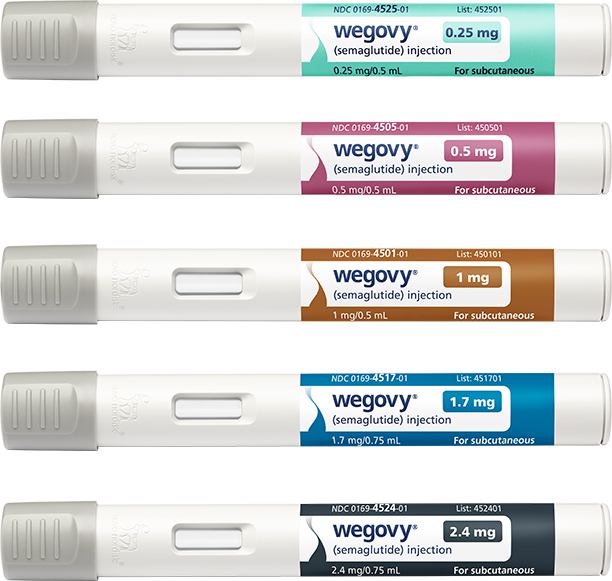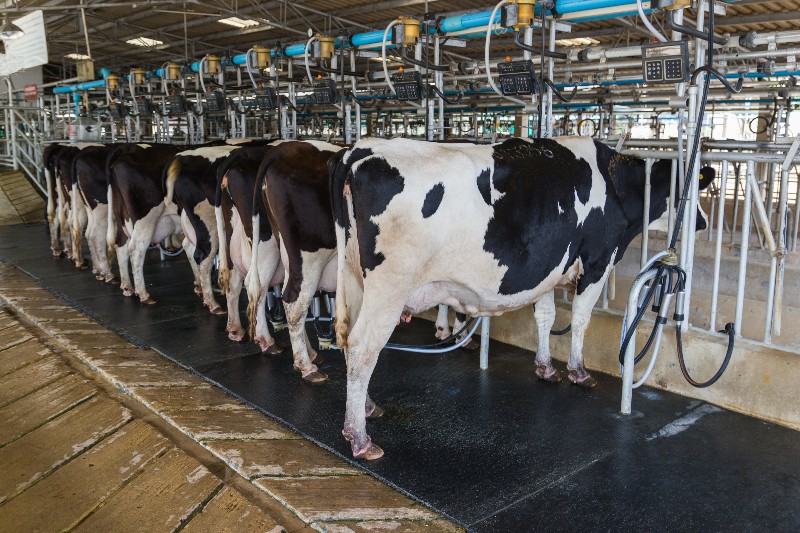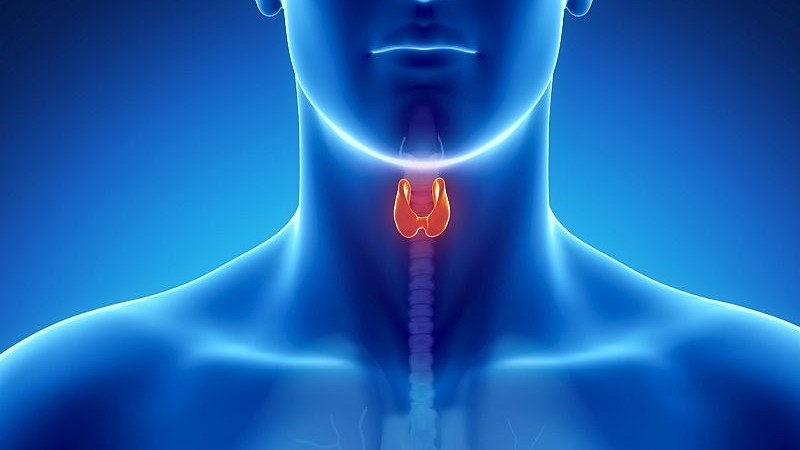The following is a summary of the “Long-term adherence to imported fire ant subcutaneous immunotherapy,” published in the January 2023 Allergy and Clinical Immunology issue by Neaves et al.
This study aimed to assess the persistence of immunotherapy (IT) for IgE-mediated food allergy among residents of endemic regions. This prospective study involved patients diagnosed with a systemic reaction to an imported fire ant (IFA) sting between 2007 and 2014 who were also advised to begin IFA IT. Interval IT compliance was assessed by contacting participants once a year. An okay from the IRB was secured. A total of 87 participants, ranging in age from 2 to 64, were enrolled after receiving a recommendation to begin IFA IT. About a third of the participants had asthma, most of whom were adults (76%)and female (55%), and 30% had asthma.
The majority 77 (89%) of these individuals began treatment within a year of the initial recommendation; another 18 (23%) stuck with it for 3 years, and 10 (13%) stuck with it for 5 years. No significant differences in adherence were found between male and female individuals (28% vs. 19%, P =.33), between children and adults (25% vs. 22%, P =.79), or between those with and without asthma (30% vs 20%, P =.31) after 3 years of treatment. However, subjects who experienced mild initial reactions had a lower adherence rate (0% vs. 25%, P =.05) than those who experienced moderate to severe reactions.
Adherence was predicted by both the duration of the conventional accumulation and the use of flying Hymenoptera venom immunotherapy. The most common reasons for giving up were moving to a nonendemic area (29%) and finding the treatment too inconvenient (27%). There was a significant drop-off in long-term IFA IT compliance between years 3 and 5 of this study. Long-term IT adherence was predicted by initial stung severity, the accumulation technique, and concomitant flying Hymenoptera venom immunotherapy.
Source: sciencedirect.com/science/article/abs/pii/S1081120622017719



















